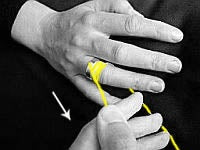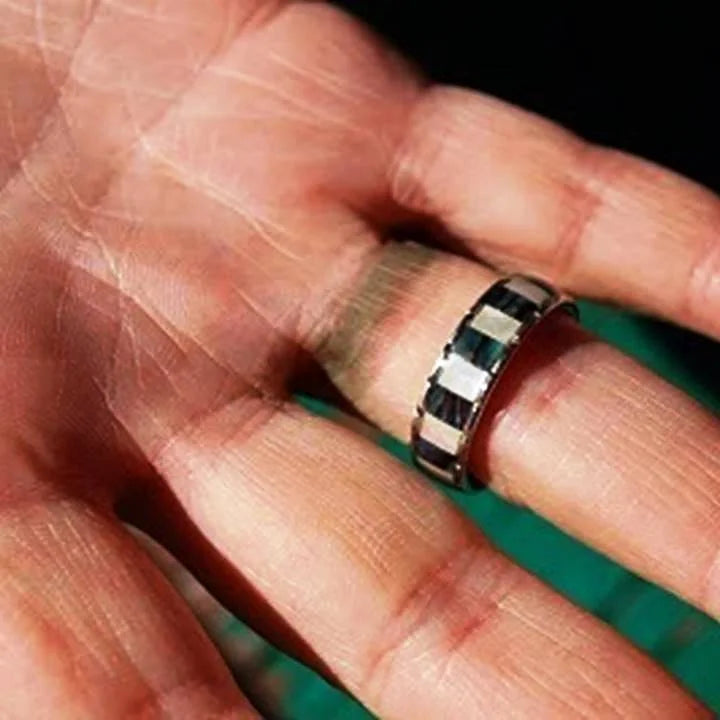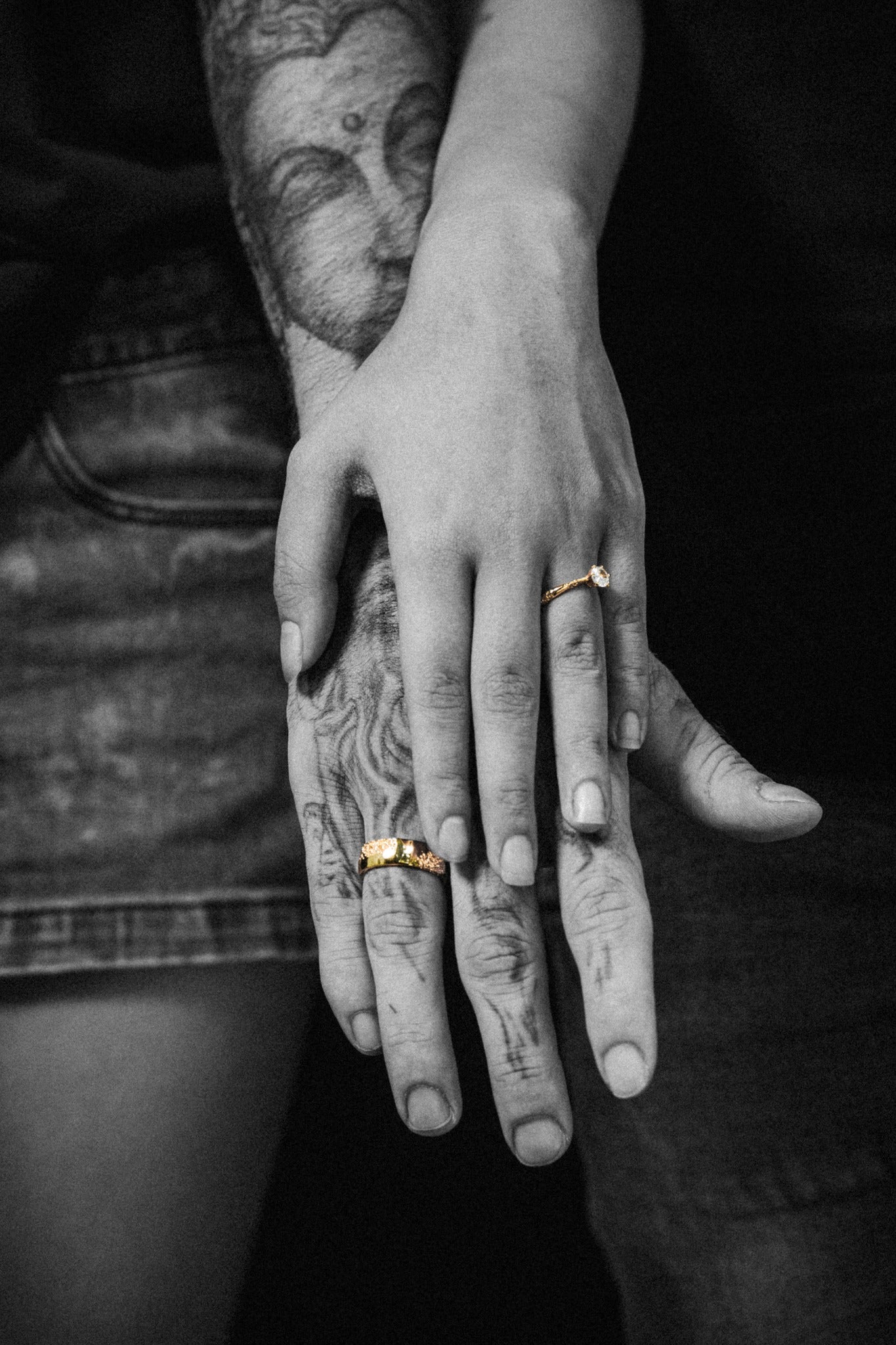Silver jewelry has been a popular choice for centuries, and it's no surprise why. Its shiny appearance and versatility make it a staple in many people's wardrobes. However, with the rise of fake silver on the market, it can be challenging to determine if the piece you're purchasing is real or not. One way to ensure you're getting genuine silver is by looking for the "S925" stamp, which indicates that the piece is made of 92.5% pure silver. But even with this stamp, there are still ways to spot fake silver. In this article, we'll discuss three simple tips to recognize real S925 silver.
1. Check for the S925 Stamp
The first and most crucial tip to recognize real S925 silver is to look for the stamp. As mentioned earlier, the "S925" stamp indicates that the piece is made of 92.5% pure silver. This stamp is usually located on the back of the jewelry, near the clasp or on the inside of a ring band. It may also be accompanied by other stamps, such as "925" or "Sterling." These stamps are a guarantee that the piece is made of genuine silver and not a cheap metal coated with silver.

Understanding the S925 Stamp
The "S925" stamp is a quality mark used to indicate the silver content in a piece of jewelry. It stands for "925 parts per thousand," meaning that the item is made of 92.5% pure silver. The remaining 7.5% is usually made up of other metals, such as copper, to give the silver strength and durability. This combination of metals is what gives sterling silver its signature shine and luster.
Beware of Fake Stamps
While the S925 stamp is a good indicator of real silver, it's essential to be aware that fake stamps do exist. Some counterfeiters may try to pass off their jewelry as genuine by stamping it with "S925" or other similar marks. However, these stamps may not be accurate, and the piece could still be made of a cheap metal. To avoid falling for this trick, make sure to purchase from reputable sellers and always double-check the stamp's accuracy.
Look for Other Quality Marks
Aside from the S925 stamp, there are other quality marks you can look for to ensure the silver's authenticity. These include the "Sterling" mark, which indicates that the piece is made of at least 92.5% pure silver, and the "925" mark, which is another way of denoting the silver content. These additional stamps serve as extra reassurance that the silver is genuine.
2. Perform the Magnet Test
Another simple way to recognize real S925 silver is by performing the magnet test. Silver is not magnetic, so if a piece of jewelry sticks to a magnet, it's a clear sign that it's not made of genuine silver. This test is easy to do at home, and all you need is a small magnet. Hold the magnet close to the jewelry and see if it attracts or repels. If the piece sticks to the magnet, it's likely made of a cheaper metal, such as nickel or iron, coated with silver.

Be Aware of Plated Silver
While the magnet test is an excellent way to spot fake silver, it's essential to note that some genuine silver pieces may still stick to a magnet. This is because they may be plated with a thin layer of another metal, such as copper or brass. In this case, the magnet will attract the underlying metal, but the silver layer on top will not be affected. To avoid confusion, it's best to combine the magnet test with other methods, such as checking for the S925 stamp.
Use a Strong Magnet
For the magnet test to be effective, it's crucial to use a strong magnet. A weak magnet may not be able to detect the underlying metal, and you may get false results. You can purchase a small, powerful magnet from a hardware store or online. Alternatively, you can also use a refrigerator magnet, but keep in mind that these are not as strong as other types of magnets.
Take Precautions
When performing the magnet test, it's essential to take precautions to avoid damaging your jewelry. If the piece is delicate or has gemstones, it's best to wrap the magnet in a soft cloth before bringing it close to the jewelry. This will prevent any scratches or damage that may occur if the magnet is too strong.
3. Look for Tarnish
Real silver will tarnish over time, which means it will develop a dark patina on its surface. This is a natural process and is a good indicator that the piece is made of genuine silver. However, fake silver will not tarnish, so if the piece looks shiny and new even after years of wear, it's likely not real silver. Keep in mind that some factors, such as humidity and exposure to chemicals, can speed up the tarnishing process. So, if you're unsure, it's best to combine this method with others to determine the silver's authenticity.

Understand the Tarnishing Process
Tarnishing occurs when silver reacts with sulfur compounds in the air, forming a layer of silver sulfide on the surface. This layer gives silver its characteristic dark color. While tarnishing may seem like a downside, it's actually a sign of real silver. It's also worth noting that tarnishing can be easily removed by polishing the piece with a silver cleaning cloth or solution.
Beware of Fake Tarnish
Some counterfeiters may try to mimic tarnish on their fake silver pieces to make them appear more authentic. They may use chemicals or other methods to create a tarnished look, but this will not be the same as natural tarnishing. If you notice that the tarnish on a piece of jewelry looks uneven or artificial, it's best to be cautious and consider other methods to determine its authenticity.
Keep Your Silver Clean
To prevent tarnishing, it's essential to keep your silver jewelry clean and dry. Avoid wearing it in the shower or while swimming, and store it in an airtight container when not in use. Regularly cleaning your silver with a soft cloth or solution will also help maintain its shine and prevent tarnishing.
FAQs
Q: Is S925 silver the same as sterling silver?
A: Yes, S925 silver is another term for sterling silver. Both indicate that the piece is made of 92.5% pure silver.
Q: How can I tell if my silver is plated or solid?
A: The easiest way to tell is by performing the magnet test. If the piece sticks to a magnet, it's likely plated. You can also look for the S925 stamp, which is usually present on solid silver pieces.
Q: Can I wear my silver jewelry in the shower?
A: It's best to avoid wearing silver jewelry in the shower or while swimming as exposure to water and chemicals can cause tarnishing.
Q: How do I clean my silver jewelry?
A: You can clean your silver jewelry with a soft cloth or a silver cleaning solution. Avoid using harsh chemicals or abrasive materials, as these can damage the metal.
Q: What should I do if my silver jewelry tarnishes?
A: Tarnishing is a natural process and can be easily removed by polishing the piece with a silver cleaning cloth or solution. If the tarnish is severe, it's best to take the piece to a professional jeweler for cleaning.
In conclusion, recognizing real S925 silver is not as complicated as it may seem. By following these three simple tips, you can ensure that the silver jewelry you purchase is genuine. Remember to always check for the S925 stamp, perform the magnet test, and look for signs of tarnishing. And if you're still unsure, it's best to consult with a reputable jeweler for further verification. With these tips in mind, you can confidently add beautiful silver pieces to your collection without worrying about their authenticity.






